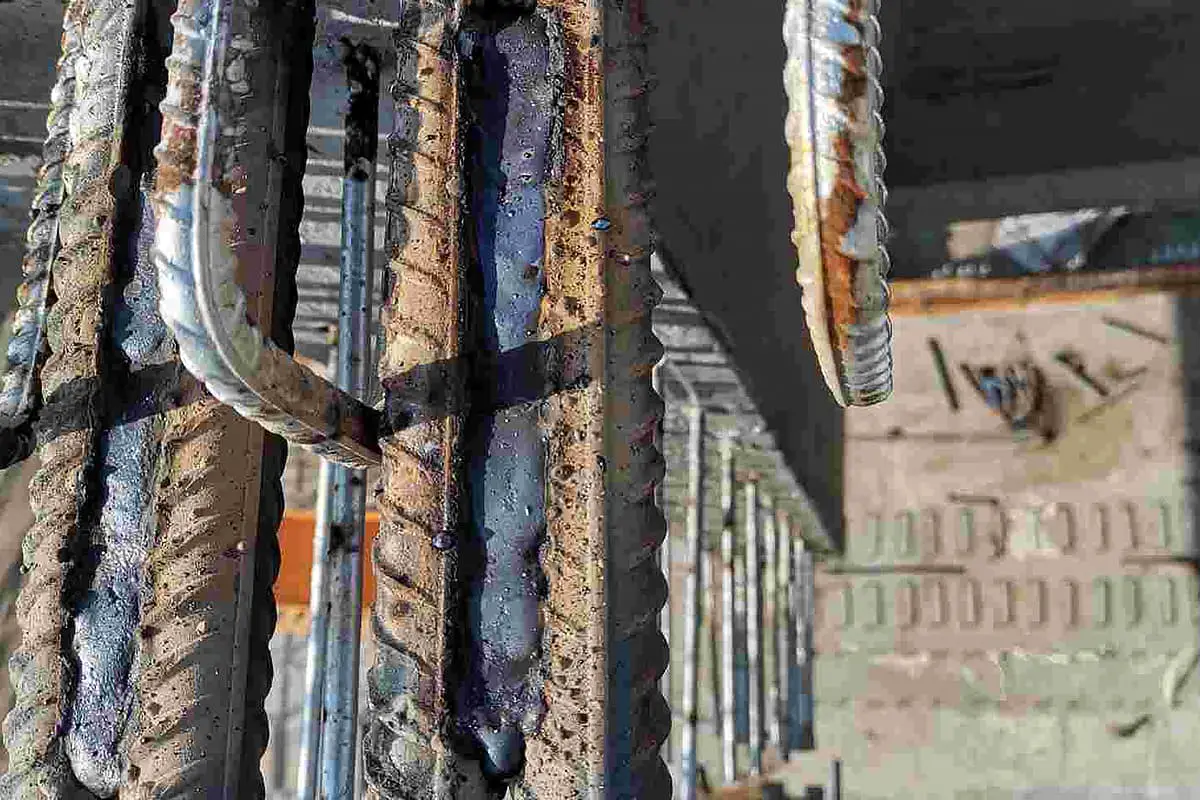Comprehending the Causes and Solutions for Undercut Welding in Steel Manufacture Procedures
In the realm of metal construction procedures, the event of undercut welding poses a substantial obstacle that demands a detailed understanding of its reasons and feasible services. The complex interplay of numerous elements throughout welding procedures can cause this undesirable sensation, impacting the architectural integrity and total top quality of the welded joints - Preventing weld undercut. By dissecting the source of undercut welding and checking out efficient therapeutic procedures, fabricators can boost the criterion of their workmanship and ensure the manufacturing of perfect steel components
Common Reasons For Undercut Welding
Regularly ignored in steel fabrication, undercut welding occurs because of numerous aspects that demand thorough attention and experience to be effectively mitigated. One common reason for undercut welding is too much warm input. When the warm input is too high, it can bring about the melting and subsequent erosion of the base material along the edges of the weld joint, producing a groove or undercut. In addition, improper welding techniques, such as using the incorrect welding angle or take a trip rate, can likewise add to undercut development. Insufficient securing gas insurance coverage is another essential aspect that can lead to undercutting. Not enough gas coverage fails to shield the weld pool appropriately, resulting in oxidation and undercut problems. Furthermore, the selection of welding criteria, such as voltage, existing, and wire feed speed, plays a substantial role in the incident of undercut welding. Recognizing these typical causes is important for carrying out preventative procedures and making certain high-grade welds in metal fabrication procedures.
Influence of Incorrect Welding Parameters
Unreliable welding criteria can considerably compromise the integrity and top quality of bonded joints in metal construction processes. The impact of incorrect welding specifications materializes in numerous methods, bring about structural weaknesses and flaws in the welded parts. One vital facet influenced by improper welding parameters is the infiltration deepness of the weld. Inadequate warm input as a result of reduced welding currents or exceedingly high travel rates can cause inadequate blend between the base steels, leading to insufficient joint penetration and deteriorated bonds. Alternatively, too much warm input created by high welding currents or slow traveling rates can bring about excessive and burn-through support, producing a fragile and unsteady weld framework. In addition, incorrect specifications such as inappropriate voltage settings or inaccurate electrode angles can add to irregular weld grain profiles, absence of blend, and enhanced chances of issues like damaging. Thorough attention to welding specifications is paramount to guarantee the manufacturing of top quality welds with the preferred mechanical properties and structural integrity.
Impact of Improper Lantern Angle
Improper lantern angle in welding operations can dramatically impact the quality and integrity of the final weld joints in metal fabrication procedures. Damaging is a typical welding problem where a groove forms along the weld toe, weakening the joint and endangering its architectural integrity.
A lantern angle that is more as well steep can lead to insufficient infiltration, incomplete fusion, and increased spatter. On the various other hand, a torch angle that is also superficial can lead to too much infiltration, burn-through, and distortion of the base material. Preventing weld undercut. Proper lantern angle is vital for guaranteeing consistent weld top quality, stamina, and appearance
To avoid damaging and other defects brought on by incorrect lantern angles, welders need to be trained to keep the appropriate lantern angle throughout the welding process. Normal monitoring and adjustment of torch angles throughout welding can help attain sound welds with marginal problems.
Duty of Inadequate Welding Methods

One more element of inadequate welding techniques is improper weld prep work. Inadequate cleansing of the base steels, wrong joint layout, or inadequate edge preparation can all add to damage welding. In addition, poor protecting gas protection or using the wrong site here kind of gas can lead to insufficient combination and the development of undercut flaws.
To address the duty of insufficient welding methods in metal manufacture processes, it is vital to offer detailed training for welders. Appropriate education on welding specifications, joint preparation, and securing gas choice can help protect against undercut welding and make sure top quality welds in steel construction projects.
Reliable Solutions for Undercut Welding
Resolving undercut welding in metal manufacture needs implementing efficient solutions to boost weld quality and architectural integrity. Among the primary options to fight undercut is to readjust welding specifications such as voltage, current, and take a trip rate to guarantee correct heat input and blend. By fine-tuning these settings, welders can stop too much melting of the base metal and filler product, reducing the probability of undercut development.
In addition, proper joint prep work is crucial in stopping undercut. Making certain clean base metal surface areas free of pollutants and making use of the appropriate bevel angle can assist advertise far better weld infiltration and minimize the risk of undercut - Preventing weld undercut. Employing appropriate welding strategies, such as weaving or oscillating the torch, can likewise assist in dispersing heat evenly and filling up the weld joint appropriately, minimizing the possibility of undercut issues
Furthermore, selecting the appropriate welding consumables, consisting of electrodes and filler steels, is crucial in mitigating undercut. Using materials with suitable chemical structures and mechanical properties can add to achieving sound welds with very little undercut. Normal examination and quality assurance actions need to additionally be applied to detect and address undercut issues promptly, ensuring the total integrity of made metal components.

Conclusion
In verdict, recognizing the reasons and options for undercut welding in metal fabrication processes is crucial for attaining high-grade welds. By resolving typical causes such as inaccurate welding parameters, improper lantern angle, and insufficient welding techniques, welders can prevent damaging and make sure strong, durable welds. It is necessary to focus on these aspects and execute effective solutions to boost the general welding check out this site process and last product top quality.
